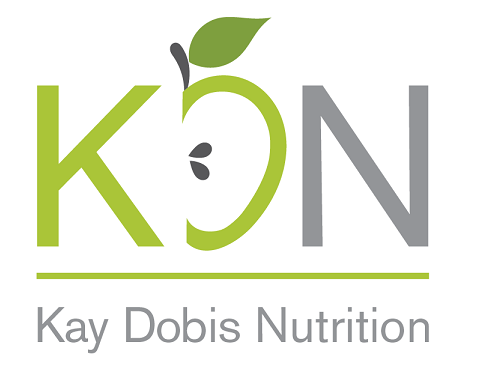Zucchini Noodles with Asparagus & Shrimp
Springtime means more choices in the produce department at the grocery store and the return of the farmers markets – yay! Asparagus is a spring vegetable I always look forward to. It may be available at other times of year, but asparagus season in South Carolina runs from March through May and during this time it’s at its peak of freshness and the price is lower too.
Asparagus is full of so many nutrients I don’t have time to list them all here. At the top of the list is vitamin K, which helps regulate blood clotting (keep this in mind if you’re taking a blood thinner) and calcium absorption. It’s also high in folate, which we think about during pregnancy, but it also helps us metabolize homocysteine into methionine, an essential amino acid. Without adequate folate, we can have high levels of homocysteine in our blood, which can lead to inflammation and a higher risk for cardiovascular disease and stroke.
Asparagus is an excellent source of vitamins C and E, well-known antioxidants, but it’s also a good source of the lesser-known glutathione, one of the most important antioxidants our bodies need to prevent cell damage and disease and promote liver detoxification.
The final antioxidant I’ll mention that’s found in asparagus is quercetin, which may help prevent heart disease, stroke, infections, chronic fatigue, arthritis, and the symptoms of seasonal allergies. Other good sources of quercetin include red wine, blueberries, apples, red onion, and green tea.
When choosing asparagus, look for stalks that are not too fat and not too thin. While you may be tempted to buy the narrowest asparagus, they tend to overcook quickly, so a quick steam is all you need. For roasting or grilling you want to look for heartier stalks. While organic produce is always a better option when available, conventional asparagus is actually on the Environmental Working Group’s (EWG) “Clean 15” list, meaning it has been tested and found to have low (or no) pesticide residue.
Compared to most other vegetables, asparagus has a very high respiration rate, which causes it to be more perishable. Buy it no more than 2 days before you’re planning to eat it and when you get home, wrap the ends in a damp paper or cloth towel and store it in your refrigerator. To prepare asparagus, wash it and pat it dry. Bend a stalk to find the natural breaking point and then trim the rest to match.
A super simple way to prepare asparagus is to toss it with avocado or olive oil, salt, and pepper and roast it in a 400-degree oven for about 10 minutes. You can add garlic, lemon juice, parmesan, or feta (toss with feta after removing it from the oven) and adjust the roasting time to your liking.
And finally, yes, asparagus may make your pee stink. Asparagus contains a nutrient called asparagusic acid, which contains sulfur compounds that are believed to cause the odor. One theory suggests that people metabolize asparagusic acid differently, meaning some people won’t have this reaction, however another theory suggests it may have more to do with genetic differences in our ability to detect the odor (23andMe actually did a study on this). In either case, there is nothing to suggest that it is harmful or helpful either way.
So whichever category you fall into, take advantage of this wonderful time of year and steam, roast, or grill yourself some asparagus!
Spicy Shrimp and Asparagus over Zucchini Noodle Pasta
I love this recipe because all of the ingredients cook quickly, so it’s perfect for a healthy weeknight dinner. If you don’t have a spiralizer, you can find already spiralized zucchini in the produce section of most supermarkets.
Serves 2
Ingredients
1 Tablespoon olive or coconut oil
1 lb. trimmed and sliced asparagus
2 garlic cloves, minced
½ teaspoon sea salt
1 teaspoon crushed red pepper
¼ teaspoon freshly ground black pepper
1 lb. shrimp, peeled and deveined
2 Tablespoons of fresh lemon juice
2 medium zucchini, spiralized into noodles
Chopped fresh parsley or cilantro
Instructions
Heat oil in a large nonstick skillet over medium heat. Add asparagus, garlic, salt, red pepper and black pepper; cook for 2 minutes, stirring frequently. Add shrimp, and cook for 4 minutes, stirring frequently. Stir in lemon juice. Once shrimp looks cooked through, transfer the mixture to a plate and set aside.
Add zucchini noodles into the same skillet and sauté for 1-2 minutes, add shrimp and asparagus mixture back into the pan. Give it a good stir to combine everything, then remove from heat, toss with fresh parsley or cilantro and serve.
Adapted from https://www.eatingbirdfood.com/spicy-shrimp-and-asparagus-over-zucchini-noodle-pasta/

